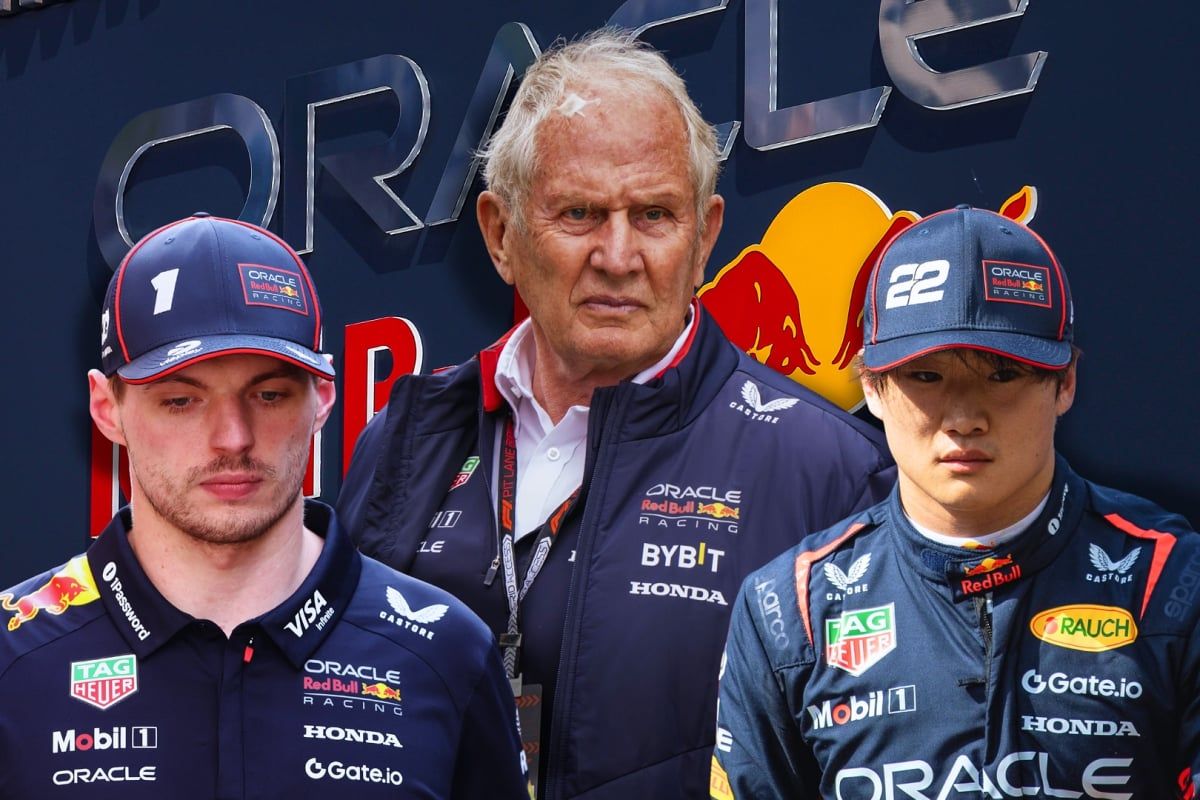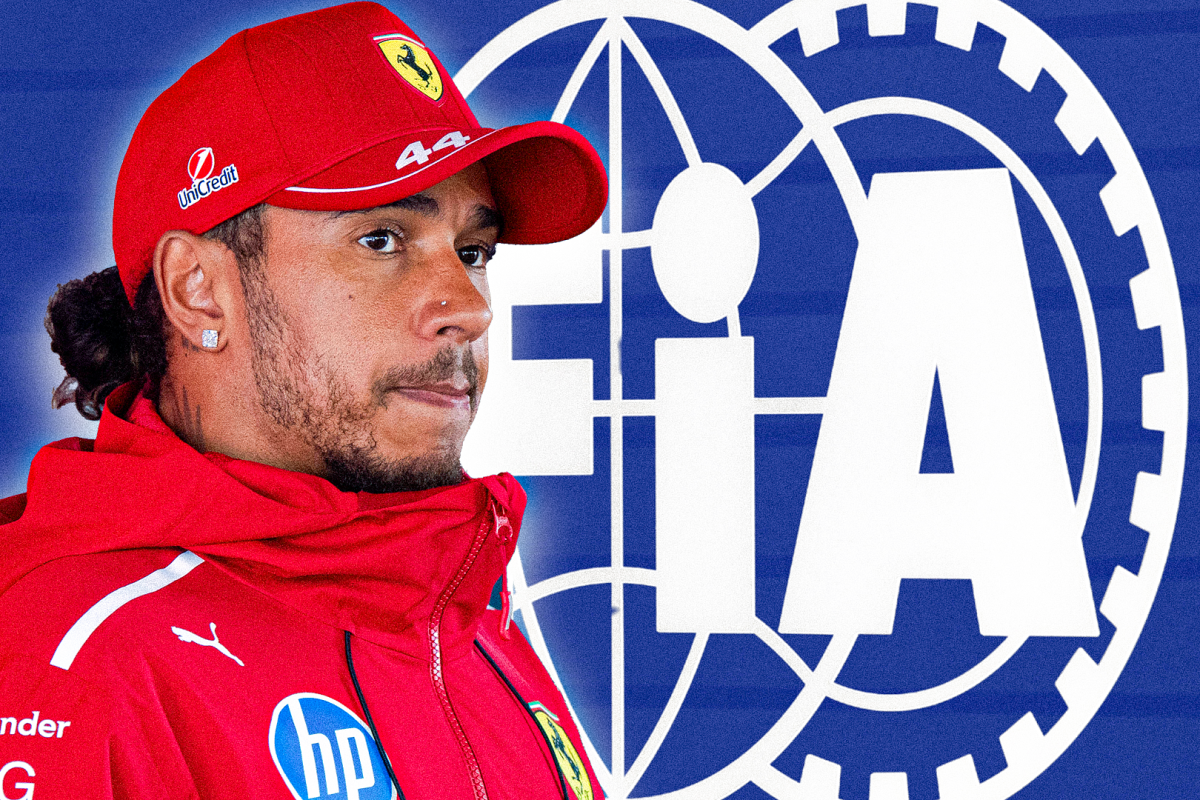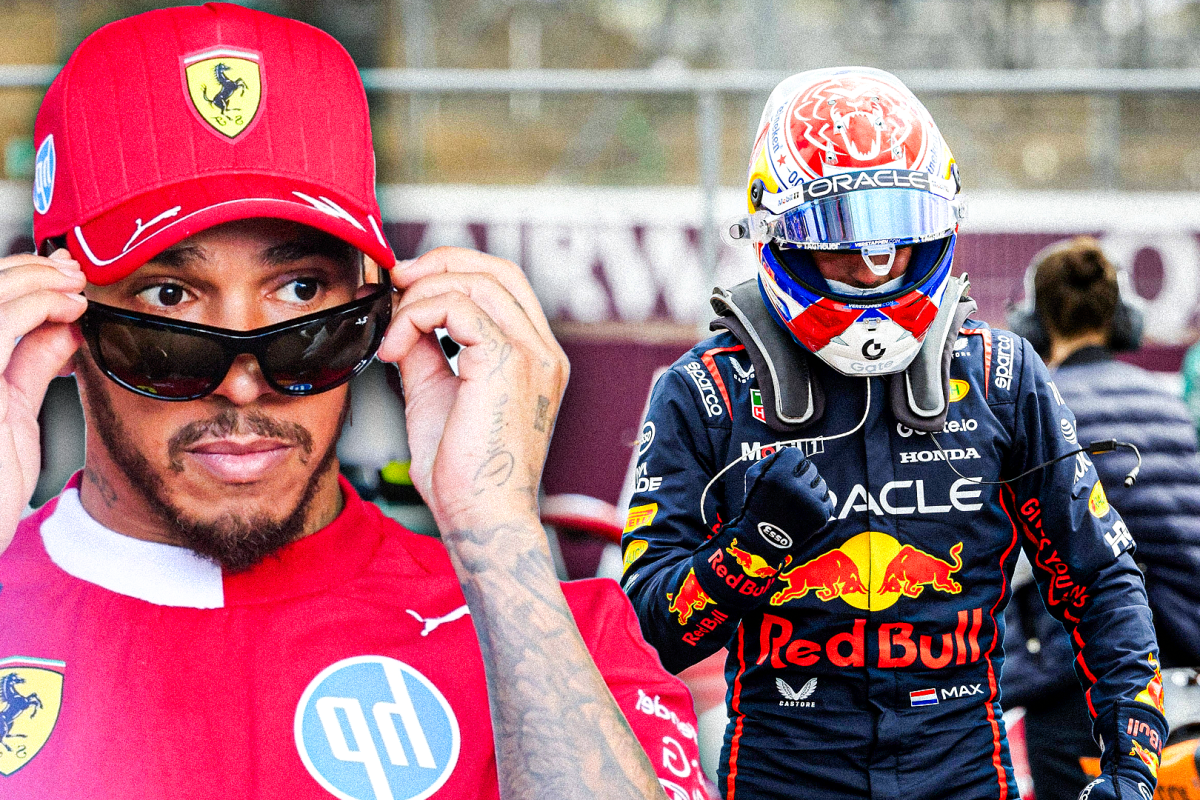Where Ferrari’s F1 rivals now stand on signing Lewis Hamilton when he reaches the e… read more
Lewis Hamilton’s future beyond his current contract with Mercedes remains a topic of intense speculation, particularly given his recent struggles and the resurgence of other teams. While a move to a rival constructor seemed almost inevitable just a few years ago, the landscape has shifted considerably, making a transfer, while still possible, far less likely than it once appeared. Let’s examine the current standing of Ferrari and other potential suitors in the context of a potential Hamilton acquisition.
Ferrari, with their rich history and passionate fanbase, would have been a natural destination for Hamilton at the height of his powers. The allure of replacing the iconic Prancing Horse’s number one driver, and potentially adding a seventh world championship to their tally, would have been undeniably strong. However, Ferrari’s current situation presents a complex equation. Their recent performance has been inconsistent, plagued by strategic errors and car development issues. While Charles Leclerc remains a prodigious talent, his partnership with Carlos Sainz Jr., though competitive, lacks the clear dominance one might expect from a team vying for a championship.
Bringing in Hamilton, a driver renowned for his exceptional pace and racecraft but also known for his intense demand for perfection and team harmony, would require a significant restructuring of Ferrari’s environment. Their current team structure, including their technical leadership and team dynamics, would be subject to intense scrutiny. They would need to be confident they could deliver a car capable of competing for championships, a task that currently remains a work in progress. The risk of disrupting their existing, albeit imperfect, balance with a high-profile arrival like Hamilton could outweigh the potential reward. Furthermore, Ferrari’s commitment to developing Leclerc, their long-term future star, could clash with the immediate need to accommodate Hamilton’s demands and ambition. This internal conflict would be a significant hurdle to overcome.
Beyond Ferrari, other teams also hold differing levels of plausibility. Red Bull Racing, currently dominating the sport with Max Verstappen, would seem an unlikely destination. The team’s established hierarchy and Verstappen’s clear dominance make a move for Hamilton highly improbable. Verstappen’s aggressive driving style and Hamilton’s uncompromising nature might also create friction, hindering team cohesion. While a second seat alongside Verstappen might appeal to Hamilton’s competitive spirit, the reality is the role would be inherently subordinate, potentially dampening his motivation.
Aston Martin, with their ambitious project and strong financial backing, represents a more intriguing option. Their rapid development under Lawrence Stroll’s leadership suggests a potential contender for future championships. However, they’re heavily invested in their current driver lineup of Fernando Alonso and Lance Stroll. Bringing in Hamilton would necessitate a major shake-up, impacting the established dynamic and possibly upsetting their carefully crafted long-term plan.
McLaren, where Hamilton began his F1 journey, could hold a sentimental appeal. The team’s recent resurgence has made them a competitive force, but their focus likely remains on nurturing Lando Norris and building around him. A move to McLaren would be a nostalgic but also perhaps risky gamble for both Hamilton and the team.
In conclusion, while Hamilton’s potential move to a rival team remains a possibility, the landscape is far more nuanced than it appeared five years ago. Ferrari’s current performance issues and internal dynamics, alongside the established dominance of Red Bull, presents significant barriers. While Aston Martin and McLaren offer intriguing, albeit less likely, alternative scenarios, the overall likelihood of Hamilton departing Mercedes for a rival team is considerably diminished compared to the past. His eventual decision will hinge on a confluence of factors: Mercedes’ ability to regain competitiveness, the availability of a truly competitive seat at a rival team, and Hamilton’s own personal ambitions and desires.




